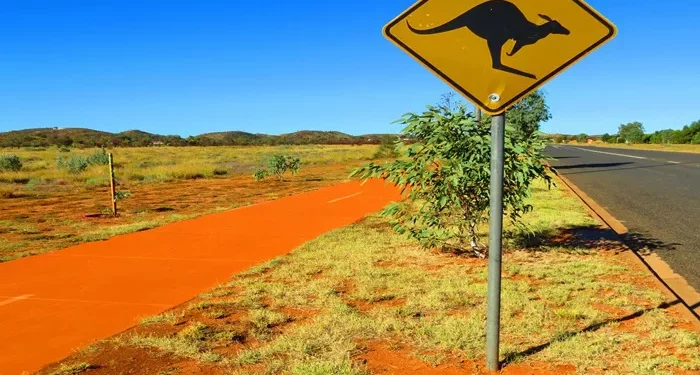The question of whether there were humans in Australia before the Aboriginal people has been a subject of intense archaeological and anthropological research. While the Aboriginal Australians have a long and rich history in the continent, there are emerging theories and evidence suggesting possible earlier human presence.
The Aboriginal Heritage
The Aboriginal people are recognized as the first known human inhabitants of Australia with a continuous presence dating back at least 65,000 years. Their cultures, languages, and traditions are deeply intertwined with the Australian land. They have a remarkable oral history that has passed down knowledge of their ancestors and their relationship with the environment. Archaeological evidence, such as ancient rock art, burial sites, and tools, attests to their long – established presence. For example, the Bradshaw rock art in the Kimberley region of Western Australia is believed to be among the oldest in the world, depicting figures and symbols that provide insights into the early Aboriginal way of life. Their traditional hunting and gathering practices were well – adapted to the Australian ecosystems, from the arid deserts to the coastal regions.
Genetic studies have also shown that the Aboriginal people have a unique genetic heritage, distinct from other human populations. This indicates their long – term isolation and evolution within the Australian continent. Their societies were complex, with different language groups, kinship systems, and cultural practices that varied across the vast Australian landscape.
Evidence of Possible Earlier Human Presence
Archaeological Discoveries: In recent years, there have been some archaeological findings that have raised questions about an earlier human presence. Some sites have yielded artifacts that seem to be older than the currently accepted timeline for the arrival of the Aboriginals. For instance, at a site in South Australia, there were tools and remains that, based on initial analysis, could potentially date back to a period before the established Aboriginal occupation. However, these findings are often controversial as dating techniques can be challenging in the Australian context. The climate and environmental conditions over thousands of years can affect the preservation and accurate dating of such artifacts.
Geological and Paleontological Clues: The study of the Australian landscape from a geological and paleontological perspective has also provided some hints. There are certain formations and fossil records that suggest the possibility of human – like activity in earlier times. Some researchers believe that ancient land bridges or sea – level changes could have allowed for human migration to Australia at an earlier date than previously thought. The changing coastlines over millennia might have hidden or destroyed evidence of early human habitation along the now – submerged areas.
Theories of Multiple Migrations: Some scientists propose theories of multiple waves of human migration to Australia. They suggest that there could have been earlier groups that either did not survive or were absorbed by the later – arriving Aboriginal population. These theories are based on comparisons with other regions where multiple waves of migration have been documented. For example, in Europe, there were successive waves of different human groups, and similar patterns might have occurred in Australia. However, differentiating between these possible early groups and the Aboriginal ancestors is extremely difficult due to the lack of clear evidence.
Challenges in Determining Earlier Human Presence
Dating Uncertainties: One of the major challenges is the accuracy of dating methods. Radiocarbon dating, which is commonly used in archaeology, has limitations, especially for older samples. In the Australian environment, where the climate can be harsh and variable, organic materials may degrade in ways that make precise dating difficult. Other dating techniques, such as thermoluminescence and optically stimulated luminescence, are also subject to errors and uncertainties. This means that determining the age of potential early human artifacts and remains can be a complex and often imprecise process.
Fragmentary Evidence: The evidence for earlier human presence is often fragmentary. A few scattered tools or possible habitation sites do not provide a complete picture. It is challenging to build a comprehensive theory of earlier human occupation based on such limited data. Additionally, the interpretation of these fragments can be subjective, with different researchers having different opinions on their significance.
Lack of Consensus: There is currently no consensus among the scientific community regarding the existence of humans in Australia before the Aboriginals. While some researchers are excited by the potential new evidence, others remain skeptical. This lack of agreement slows down the progress in understanding the early human history of Australia and makes it difficult to draw firm conclusions.
Conclusion
The question of whether there were humans in Australia before the Aboriginals remains one of the greatest mysteries in Australian archaeology and anthropology. While the Aboriginal people have a well – documented and ancient heritage, the emerging evidence of possible earlier human presence is tantalizing but also fraught with difficulties. Future research, with more advanced dating techniques and more extensive archaeological investigations, may help to clarify this enigma. Until then, the debate will continue, and our understanding of the early human story in Australia will remain incomplete.
Related Topics:




















